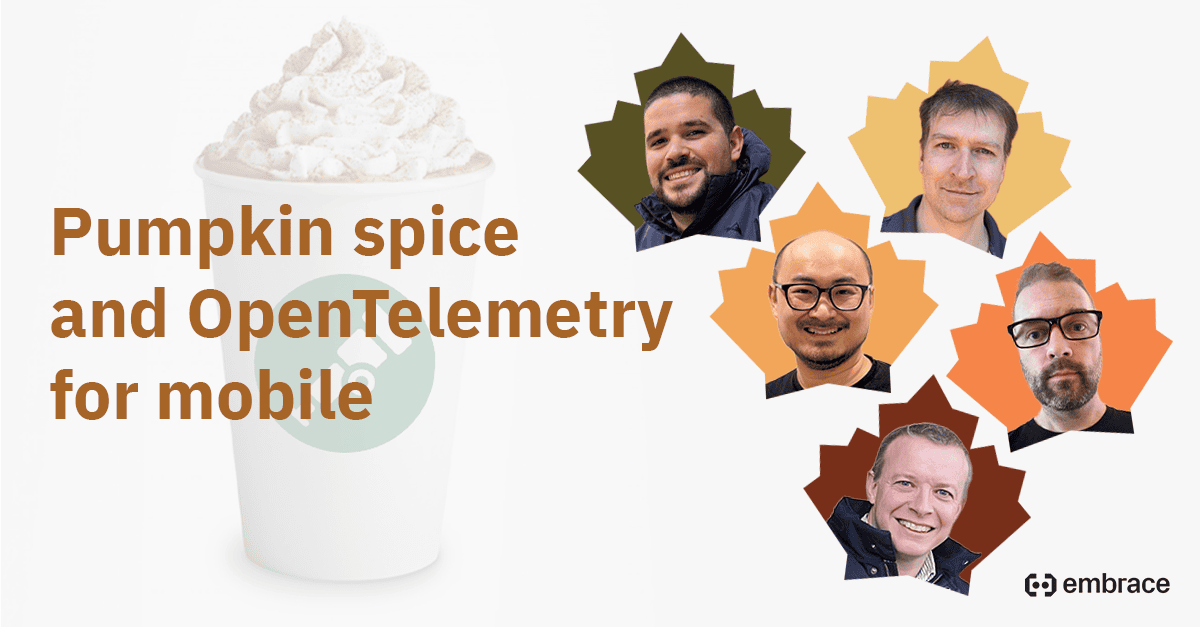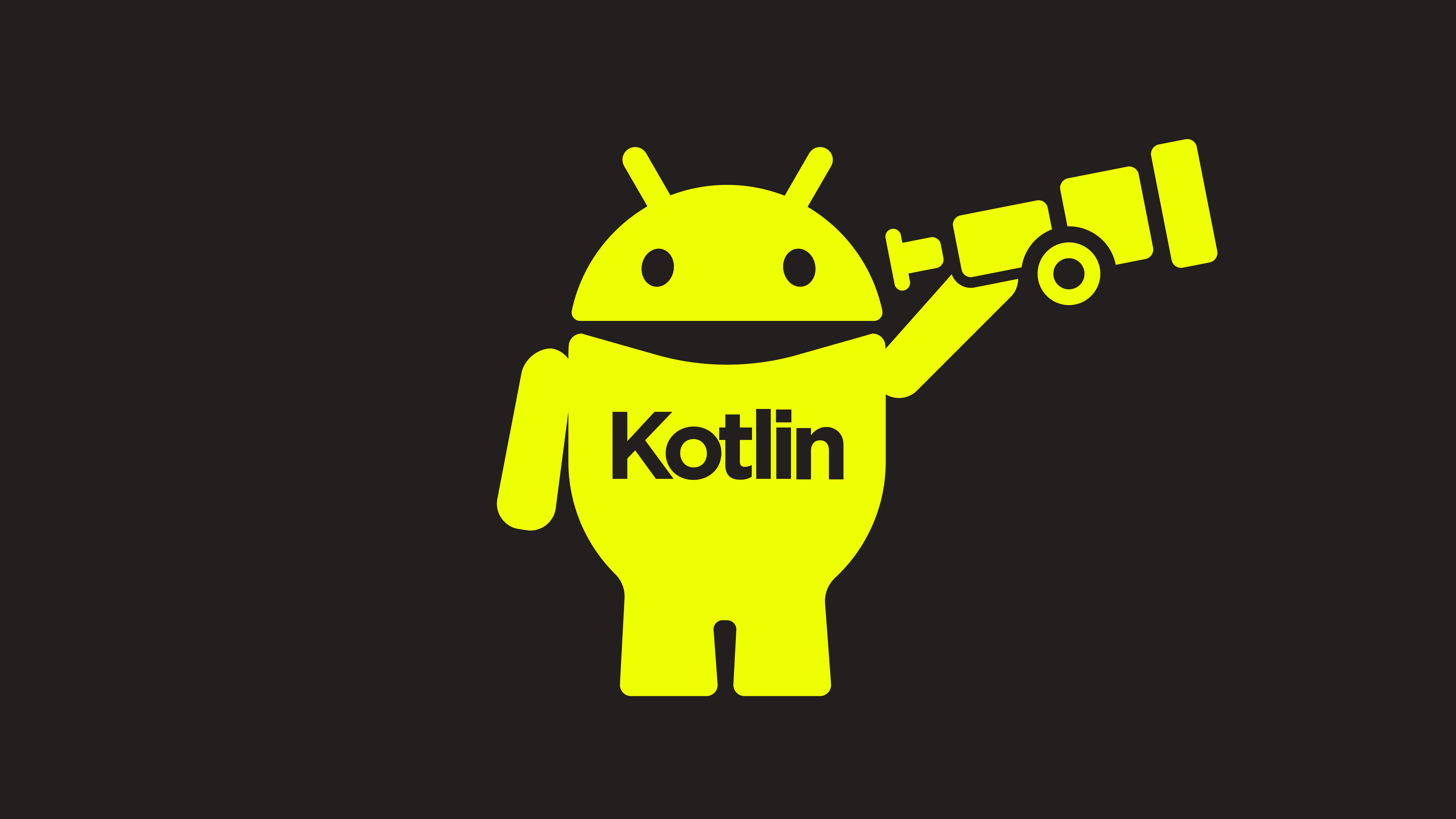
If you missed the live session, you can watch the full recording here. In the meantime, here are the highlights ?
Why vanilla OTel is tough on mobile
OpenTelemetry has become the industry standard for observability. But when you try to apply it directly to mobile apps, some painful gaps appear:
- Unreliable networks → data gets dropped or delayed for minutes (or even days).
- Device fragmentation → “P50 latency” doesn’t mean much when it spans thousands of device/OS combinations.
- OS constraints → background apps can be killed, losing telemetry unless you persist it carefully.
- Missing user context → a crash trace shows the failure, but not what the user was actually doing.
These challenges make it hard for mobile engineers to connect technical signals to real user impact.



